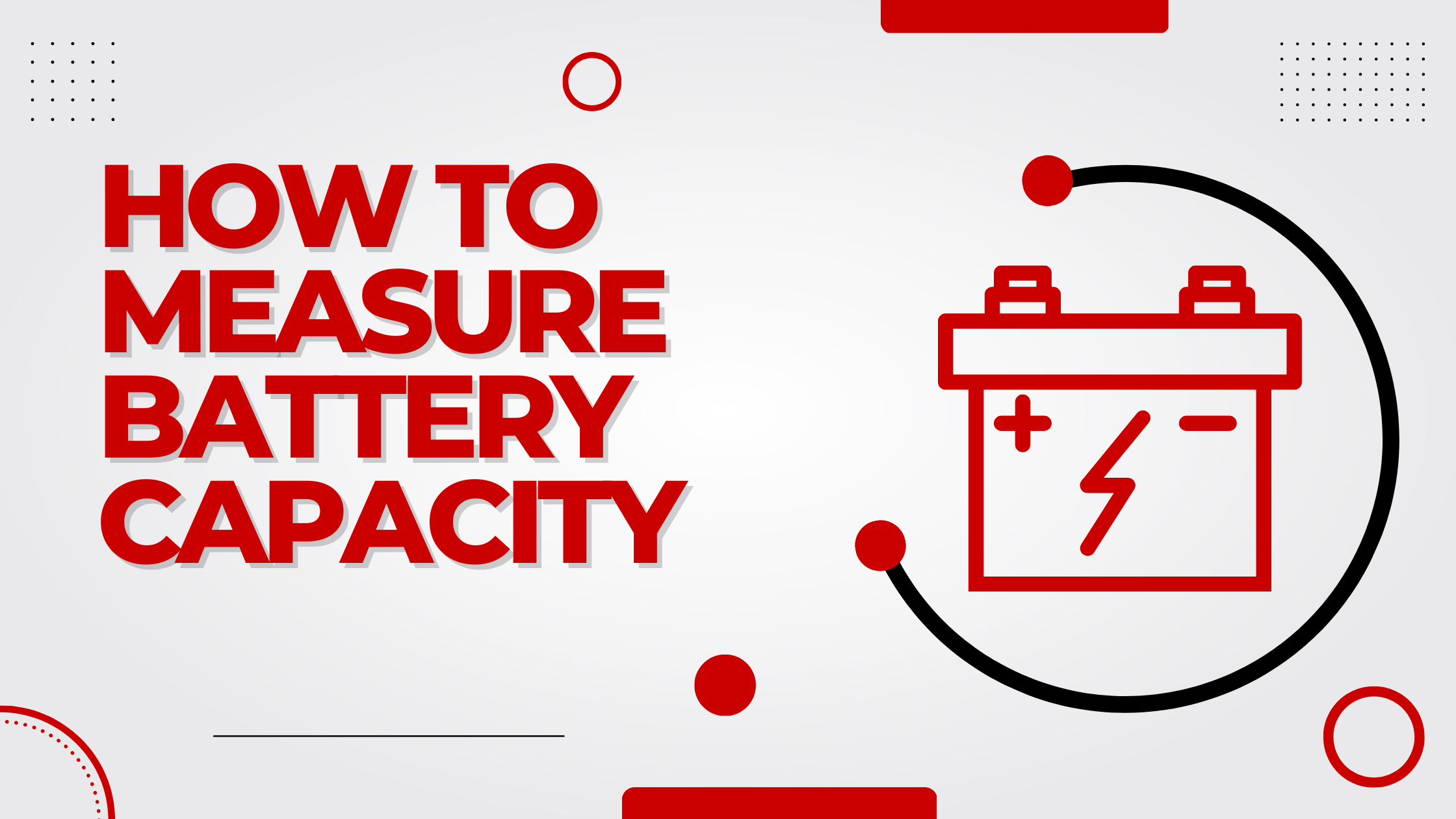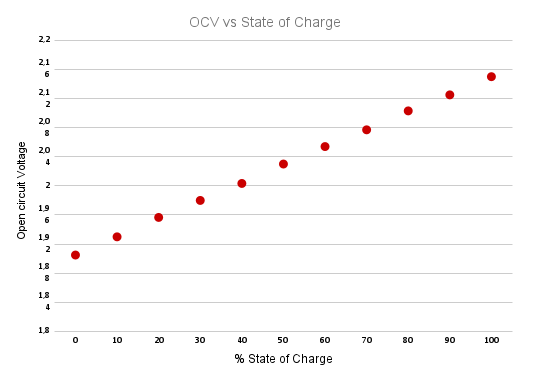
How to measure battery capacity
Jan 26, 2023. | By: rekoser
In this post we explain what is the battery capacity and what are the main methods to measure it.
Battery capacity
The capacity of a battery is measured in ampere-hours (Ah). It refers to the amount of energy that can be stored in the battery, and can be determined by multiplying the current (in amps) by the time (in hours) that the battery can supply that current. For example, a battery with a capacity of 1000mAh can provide a current of 1000mA for one hour, or 500mA for 2 hours, etc. The capacity of a battery will decrease over time and with use, and can also be affected by factors such as temperature and discharge rate.
Factors that affects the capacity of a battery
Several factors can affect the capacity of a battery, including:
-
Temperature: High temperatures can increase the rate of self-discharge and reduce the overall capacity of the battery. Cold temperatures can temporarily decrease the capacity but it will return to normal once the battery is warmed up.
-
Age: As a battery ages, its capacity will decrease, this is known as capacity fade.
-
Number of charge cycles: Each time a battery is charged and discharged, it loses a small amount of capacity. The more charge cycles a battery goes through, the less capacity it will have.
-
Depth of discharge: The deeper a battery is discharged, the more capacity it will lose over time.
-
Storage conditions: A battery that is stored in a cool, dry place will have a longer lifespan and retain more capacity than one that is stored in a hot, humid environment.
-
The rate of discharge: The faster a battery is discharged, the less capacity it will have.
-
Quality of the battery: The quality of the materials and manufacturing process can affect the overall capacity of a battery.
-
Voltage: Overcharging or undercharging a battery can decrease the capacity over time.
-
Operating environment: Exposure to dust, humidity, vibration, and other environmental factors can shorten the life of a battery and reduce its capacity.
Methods to measure the battery capacity
There are several methods to measure the capacity of a battery, including:
-
Discharge method: This method involves discharging the battery at a known current and measuring the time it takes for the voltage to drop to a certain level. The capacity is then calculated by multiplying the current by the time.
-
Charge-discharge method: This method involves charging the battery to a certain level and then discharging it at a known current. The capacity is calculated by subtracting the final charge from the initial charge.
-
Peukert’s method: This method takes into account the effect of discharge rate on capacity. It involves measuring the capacity of a battery at different discharge rates and using a mathematical formula to calculate the capacity at a specific discharge rate.
-
Coulomb counting method: This method involves measuring the amount of charge that is removed from a battery during a discharge cycle and using that information to calculate the capacity.
-
Impedance Spectroscopy: It’s a non-intrusive method that uses electrical impedance to measure capacity. It allows to measure the internal resistance, open-circuit voltage, capacity and other characteristics of a battery.
Note that, the most common method to measure the capacity of a battery is discharge method, it’s widely used in industry to measure the capacity of batteries.
Here is a table of several methods to measure battery capacity:
| Method | Description | Pros | Cons |
|---|---|---|---|
| Constant Current Discharge | Discharge the battery at a constant current until the voltage drops to a certain level. | Provides an accurate measure of the battery’s capacity. | Time-consuming and requires specialized equipment. |
| Coulomb Counting | Measure the charge that goes in and out of the battery during a charge-discharge cycle. | Simple and can be done with a digital multimeter. | May not be accurate if the battery’s internal resistance changes over time. |
| Open Circuit Voltage | Measure the voltage of the battery when it’s not under load. | Easy to do with a digital multimeter. | May not be accurate if the battery is not fully charged or if there is a load on the battery. |
| Specific Gravity | Measure the density of the electrolyte in a lead-acid battery. | Can be used to determine the state of charge of a lead-acid battery. | Not suitable for measuring capacity of other types of batteries and need to use hydrometer. |
Open Circuit Voltage Method
Readings taken via multimeter after resting for more than 2 hours (not chargiing or discharging):
| SOC (%) | Open circuit voltage |
|---|---|
| 0 | 1,905 |
| 10 | 1,930 |
| 20 | 1,957 |
| 30 | 1,980 |
| 40 | 2,003 |
| 50 | 2,030 |
| 60 | 2,054 |
| 70 | 2,077 |
| 80 | 2,103 |
| 90 | 2,125 |
| 100 | 2,150 |

Subscribe
Subscribe via RSS.
Recent Posts
-
 Posted on 10 Feb 2023
Posted on 10 Feb 2023
-
 Posted on 26 Jan 2023
Posted on 26 Jan 2023
-

Differences between Low Frequency (LF) Inverters and High Frequency (HF) Inverters
Posted on 25 Nov 2020 -

Whitewall Energy presents the new Rekoser batteries catalog for 2016
Posted on 07 Apr 2016